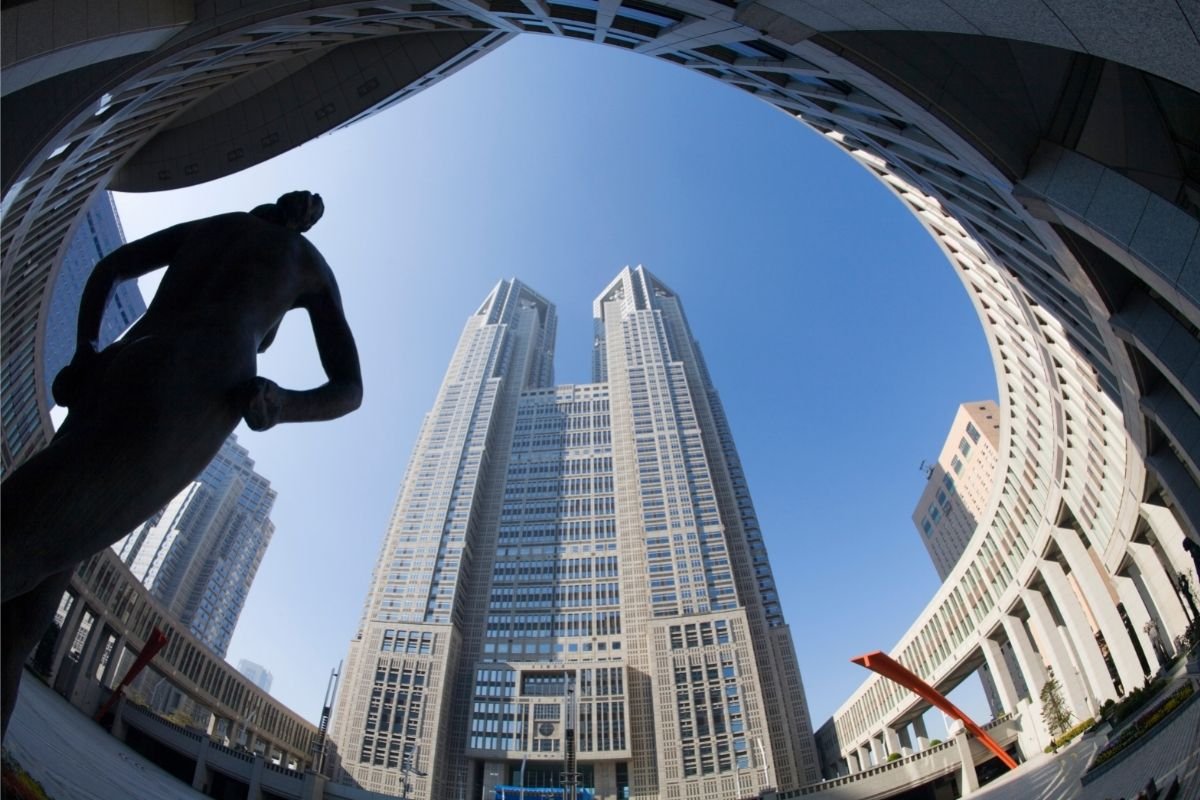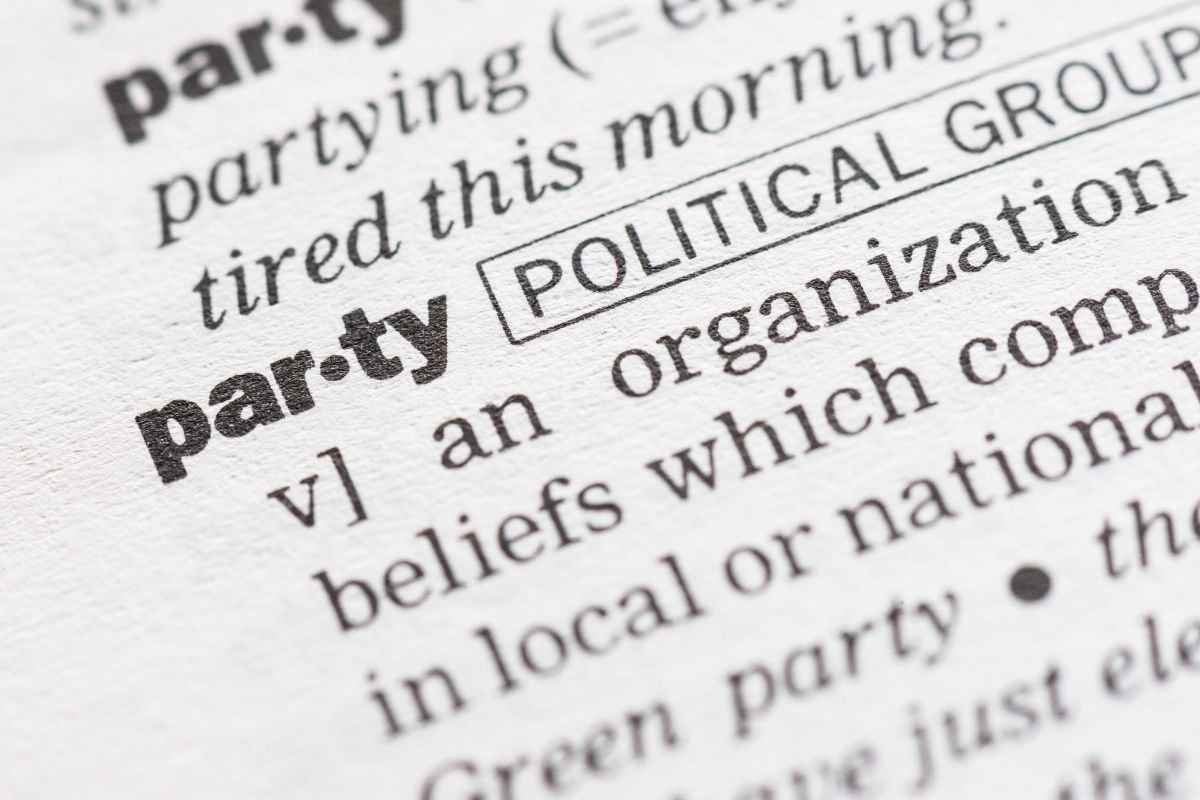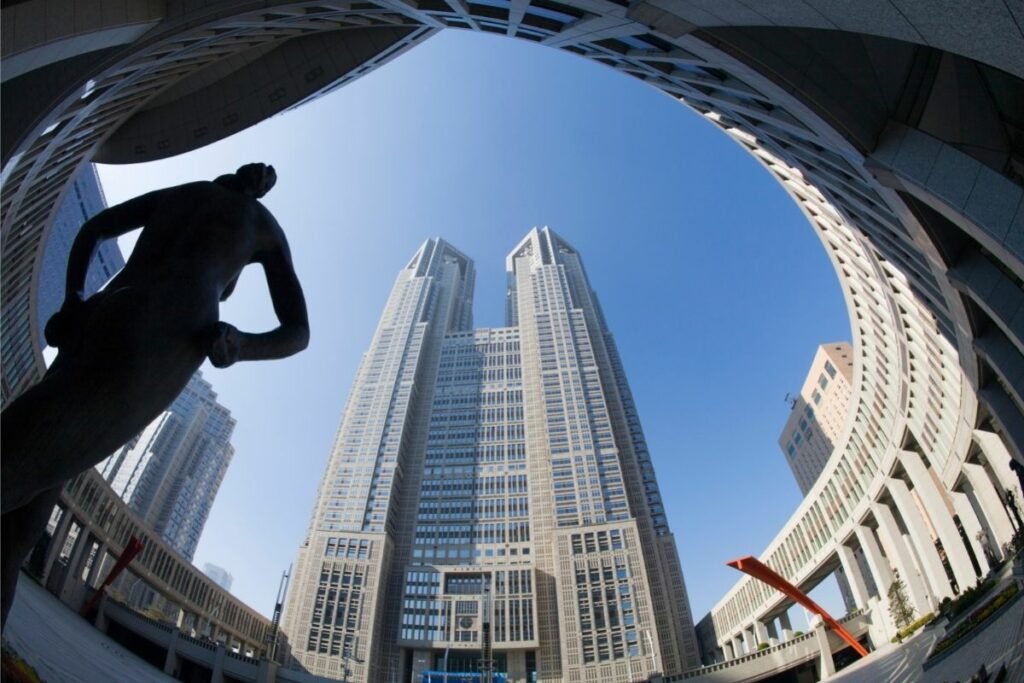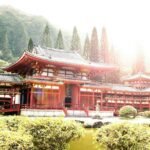Japan is a country that many people think they know. They might know about classic Japanese cuisine such as sushi and tempura.
They might think they know about the country because they have heard of anime and Pokémon. They might think they know Japan from its samurai culture or its experiences during the Second World War.

However, these bits of information don’t capture the full richness of Japanese history or culture. Nor do they capture the full extent of fascinating things about Japan such as its system of government and its political parties.
This article will give you all the information you need to know on Japanese politics and its government so that you will never need to again ask what government does Japan have again, because you will know the answer.
The Japanese Government
Let’s start by answering the simplest question first – what government does Japan have?
The government of Japan is similar to the government of the UK in that it is a constitutional monarch, with a Head of State who is monarch of the country but does not interfere with the day-to-day workings of the government.
The Prime Minister of Japan is the leader of the Japanese government and therefore effectively in charge of the country – however they aren’t the Head of State and don’t do the kind of ceremonial duties that an elected Head of State such as the President of the United States or the President of France does.
The Japanese Government is made up of three different but equally important sections – the executive, the legislature and the judiciary.
The executive is led by the Japanese Prime Minister and made up of the Cabinet of Japan who are all elected members of the legislature.
The legislature is called the National Diet and is divided into two houses, one upper and one lower.
The lower house is named the House of Representatives (similar to the American system) and the upper house is named the House of Councillors.
The Diet not only passes laws, which have to be approved by a majority in both houses to become law, but it is also responsible for picking the Japanese Prime Minister.
This is a unique situation and not comparable to the United Kingdom and other Western Democracies, though somewhat similar to the democratic system employed in Germany in which the Chancellor often ends up being chosen by the German Parliament due to an inability for one party to gain an overall majority.
The Japanese also have an independent judiciary which is made up of a series of different courts with the Supreme Court the highest court in the land followed by high courts, district courts, family courts and summary courts as the bottom.
Judges are not elected but appointed by the government with the Chief Justice being appointed by the Emperor although this is based on recommendations from the Prime Minister.
Now that we’ve explained how Japan’s government works, let’s take the time to take a look at the major political parties in Japan.
The Major Political Parties In Japan
As Japan is a democracy, it of course does not have one single party but multiple different political parties that contest elections in order to become the party of government and run the country.
Here is a breakdown of the major political parties in Japan:
The Liberal Democratic Party
The largest political party in Japan and the main party of government. The Liberal Democratic Party has been in power, on and off, since 1955 and as such is seen as the natural party of government.
Since 1955 it has only been out of power completely twice – between 1993 and 1994 and between 2009 and 2012.
Its leader Fumio Kishida is Prime Minister of Japan and since 1955 has produced all but six of Japan’s Prime Ministers. It is equivalent to the Republican Party in the USA or the Conservative Party in the UK.
Constitutional Democratic Party Of Japan

Founded in 2017, this party is the official opposition of Japan and the successor of the previous opposition party the Democratic Party which was in turn the successor to the Japanese socialist party.
It is considered on the liberal wing of Japanese politics and is equivalent to the Democrats in the USA or the Labor Party in the UK.
Komeito
Another Conservative Party and also the second-oldest political party in Japan having been founded in 1964. It is based on the teachings of the Soka Gakkai religious movement, inspired by the 13th century Buddhist Nichiren.
Since 2012 it has served as the junior partner in the governing coalition government with the Liberal Democratic Party.
Democratic Party For The People
Founded in 2017, it is a splinter from the original Democratic Party that also created the Constitutional Democratic Party of Japan. Very politically similar to the Liberal Democratic, though they disagree on some issues.
So whilst Japan is a functioning democracy it is clear that the Liberal Democratic Party is by far the largest party and the one that has the most influence on government policies and the laws of the land.
Final Thoughts
Japan is a nation that has existed for thousands of years, with an Empire stretching back much further than those of many famous western nations.
It has a deeply complex culture and one that is the result of intelligent and inquisitive people who have striven to break new ground in culture, science and business.
It is also a nation that has a rich and diverse political history which is important to understand because it gives all of us who are not from Japan an insight into the Japanese culture that we think we know but in truth we don’t know nearly enough about.
By finding about Japan’s system of government we get closer to having a better understanding of how Japan came to be the country it is today and how it operates in comparison to other nations – by seeing these comparisons and differences we can truly understand how unique of a nation it is.
- What Is a Maiko? - July 13, 2025
- What Does Domo Arigato Mean? - July 12, 2025
- What Does Naruto Mean? - July 12, 2025









